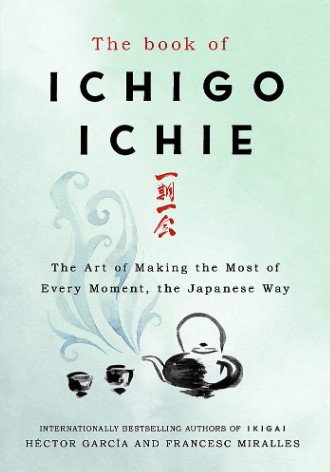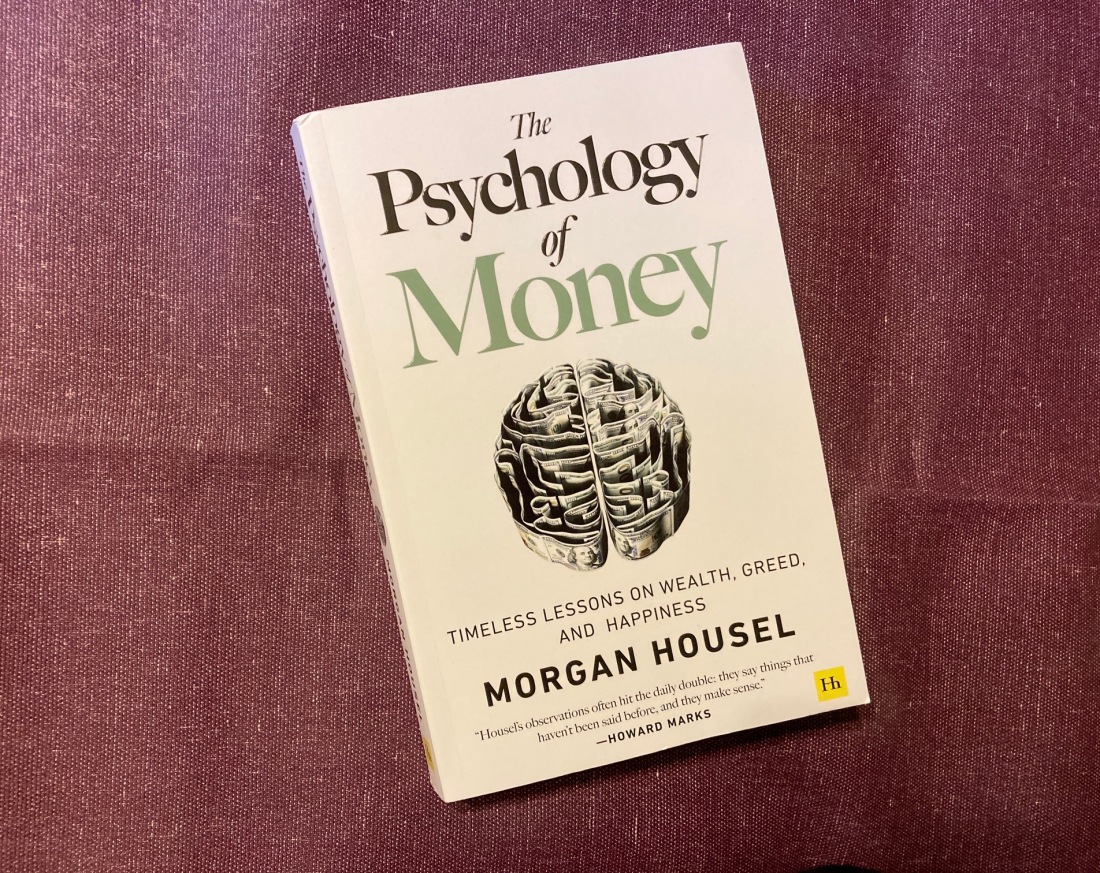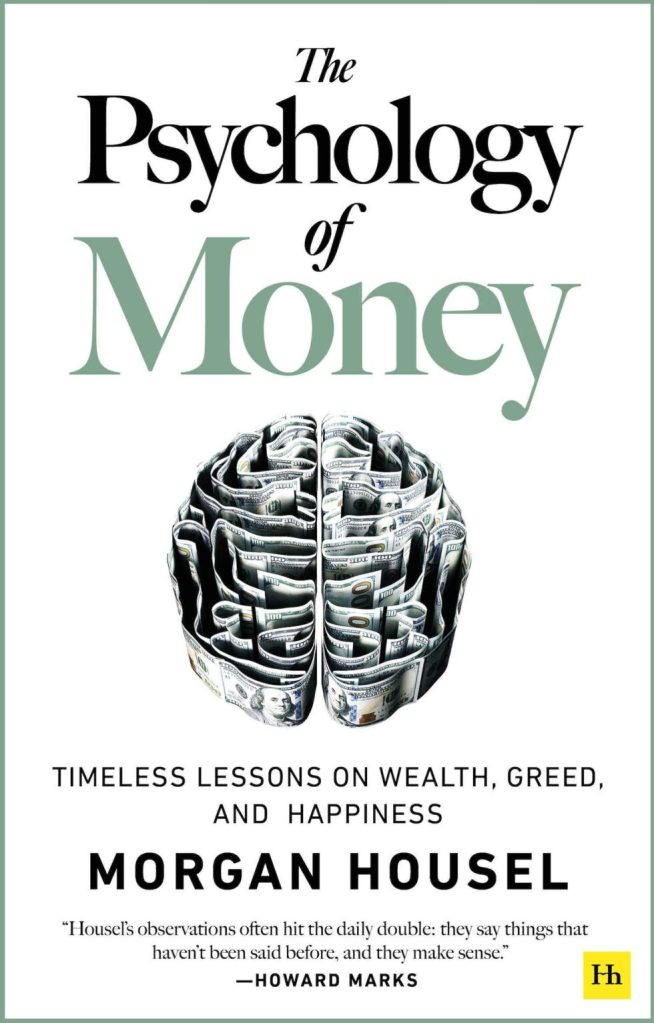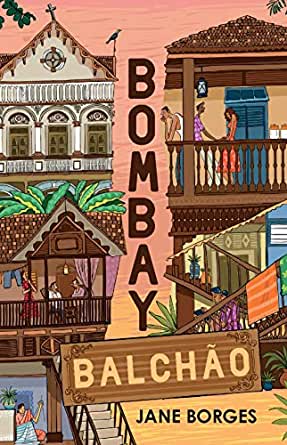The Island of Missing Trees
~ Elif Shafak
Date read: 30th December 2023

***Spoiler Alert***
I loved Shafak’s The Forty Rules of Love – so it was a no-brainer that I would pick this book – I enjoyed the style and I enjoyed the mysterious ancient worldliness that the words immersed me in. More than that, it was always the emotions and sensations that the writing evoked in me.
This book was different, though. From the very beginning I was simply amazed at the simplicity of who was narrating the story! I was repeated in awe at The Fig Tree’s perceptive style. I couldn’t help but smile at the years and years of school essay-writing where we had the option of writing an autobiography. I remember opting to write an Autobiography of a Rose bush – inspired by a question in my trusty Wren & Martin. My Grade 8 English teacher, Mrs. Merlyn, was very impressed at the choice. I remember taking a few days to imagine and then imagine a life some more.
Shafak’s book brought a newfound appreciation to that high school English essay assignment. I could appreciate, with adult profundity, the author’s effort of infusing historical facts, and experiences of generational trauma alongside a deep reverence of Mother Earth and all her inhabitants – birds, insects, the living soil and trees.
I did not want to read this book in a rush – so I did not. I read passages again & again – falling in love with the words & sentiments every time I did that. I reflected on my own life in so many ways through so many words. The words and sentences that left a mark on me – this time I recorded them in my notebook, on my phone, on my e-note app… and in my heart.
‘…because there is one thing I have learned: whenever there is a war and a painful partition, there will be no winners; human or otherwise.’
Fig Tree
The words washed over me repeatedly but some things just needed to leave a mark here in my review. Here was not just a story of lovers separated and reunited. Here was a story of a parent and his daughter, of siblings, of love & betrayal in a war-ravaged country… It was also a more intuitive and sensitive story of the trauma of war that gathers and transfers from generation to generation and in the subtle awareness of the animals and plants who are also the victims – and survivors of war.
‘Truth is a rhizome – an underground plant stem with lateral shoots. You need to dig deep to reach it, and, once unearthed, you have to treat it with respect’
Fig Tree
At first, I quite disliked the Fig Tree. I felt we were going to dip into a weird territory of a tree’s love for a human. I did, however, allow myself the opportunity to be surprised and keep an open mind about where the author was taking me. I’m glad I did. The Fig Trees’ astute and gentle handling of stories and wisdom was beautiful. I think this idea of truth, described through botanical truths, was simply astounding! It made me sit back with my own dalliances with truth – my own, fiery and irreverential respect towards facing the entire wrath of the painful truths in my life… to my unequivocal frustration with those who chose to refused to see and approach the truth and instead embrace a denial that was suited for public consumption. Was truth just a passing fallacy? Or was truth only valid if it suited to maintain the flimsy excuse that we wanted to portray to the world – who had already seen and made their inferences… and honestly didn’t care?
Truth was a rhizome; denial its shadow. Which way were we choosing?
More than the exploration of human pain, sorrow and grief, I was deeply touched by the Fig tree’s mystic wisdom as she gathered nuggets of information and understanding from the many dwellers and visitors to her branches, gradually shedding light on the larger picture for us as readers. The compassion flowing through the proboscis of a butterfly to the futile tragedy shared by the mosquito both giving insight into the intertwined lives Kostas and Dephne and their dear friends.
Contemporary social themes in conservative society – adolescence, self image, cyber bullying, xenophobia, premarital sex, homosexuality, pregnancy out of wedlock… initially made me wonder if they would be brought in simply to include into the narrative. However, as I turned the pages, I realised the depth of human emotion as well as the nature of the human condition were both so beautifully and thoughtfully expressed, they felt like someone somewhere would surely have felt heard.
‘Why are you giving him a second chance? Don’t you know a gardener in love with roses is pricked by a thousand thorns?’ But once again, she didn’t listen…’
Now what do I say about this? I smiled at this. I did, honestly… because in many ways I understood why she was giving him a chance at all – second, third, or maybe the last! But I understood. There is a kind of conviction that we feel when our emotions are strong enough to stand by. Someone very dear to me once said, ‘I stand by my emotions…‘ I do not know how valid those words may ever have been – least of all today with changing circumstances, but had I been the one, I believe I would have still meant them. So why do we disregard or disbelieve another’s belief? Why do we disregard another’s conviction to love beyond a single chance? Maybe because earlier this morning I found a quote that resonated strongly with me on these lines. I share it here… and will leave you to draw your conclusion from it:

There were themes and stories I could relate to – sometimes in what the mosquito shared – she was, after all a victim of the system – but our instinctive repulsion and lasting anger also has its place. The authenticity, yes, that is what it is – the authenticity with which truth, as the different characters saw life and their situations was the glue that held it together for me.
‘Bridges appear in our lives only when we are ready to cross them.’
… and yet, to gather the courage to step on to the bridge deserves a whole new book again. I was led again and again in this book, to feel deeply for Dephne and her courage. I was repeatedly reminded of the fact that it was women, through the centuries up until the present day who embraced the courage to step into bridges of honesty and change while men, in all their endowed bravado chickened out. Women carried a resilience, whether they knew it or not, to either live in insufferable silence because they are denied the choice… or to live on their own terms, once again in insufferable loneliness because they are denied the availability of honor and respect for making that choice. Dephne was brave, and she suffered for it. She crossed the bridge – how I hate that word, having heard it multiple times – and yet, being faced with a reluctant non-crosser, simply because the weight of a ‘what if’ was heavier than the lightness of honesty. I appreciated the women all the more for it.
‘Human remains – what exactly did that mean? Was it a few hard bones and soft tissue?…. or was it the intangible - the words… dreams…, heartbeats…’
‘Humans, especially the victors who hold the pen that writes the annals of history, have a penchant for erasing as much as documenting. It remains to us plants to collect the untold, the unwanted.’
And then, we moved on to grief – an emotion I held closely and guardedly… because it is strange to fully explore, until you realise that the human condition is such that the language of emotions is universal despite the words that tie geographies.
‘You don’t share a language, you think, and then you realize, grief is a language. We understand each other, people with troubled pasts.’
‘Our work is about grief – and memory. And women are better than men at both.’
Butterflies and Bones
‘Sit with that’, I told myself. It wasn’t because of how I was processing my grief – it was because it was blending my process with my work – and how I was often told about my writing meeting people where they were at. Was it because of the Universal language of love, heartache and grief? Maybe so… but the next set of words encapsulated all the emotions and feelings of unspoken words and sentiments. The hurt that remains trapped in one’s heart simply because there is no way to pour them out – no ear to listen to them, no arms to embrace the chest that was bursting with them… no one to hold them delicately as they threatened to spill out, and hence remained unspoken and festering… always, always misunderstood for misplaced anger. Never being understood as an angry sound only and only of the heart-wrenching pain that underlie them.
Behind her sudden anger were all the words that had been left unsaid between them, swirling inside her soul like unsettled flakes in a snow globe.
Butterflies and Bones
There’s more, a lot more before this books comes to a close. But honestly, I do not want to finish this book at all! I want it to go on & on and want to savour it for many more months.
The Island of Missing Trees is perhaps the most beautiful writing I have come across in a long while. It has a maturity that defies simplicity. It is not a heavy read, yet it gently caresses your heaviest of emotions and validates them with the sweetness of a ripe fruit offered by The Fig Tree. I was reminded of the multiple facets of situations in life and the choices we are presented in youth and as adults. I was reminded of the reality of love versus a compromise – or even a compromise for the sake of love and the courage it takes to love beyond the strictures of societal stipulations and limitations.
I was reminded of the power of truth to liberate us versus the power of a threat to hold on, bind and suffocate.
And then I was reminded to breathe, because after the longest inhale, it was definitely time to exhale.
This must be one of the most beautiful books I have ever read. I started in 2023 and just could not bring myself to finish it at my usual pace. I delayed the end by re-reading entire sections and chapters simply to savour the beauty that the pages poured out.
In many ways I felt like the closure was just like life it – without finite starts and ends. I also saw the book as an opportunity for me to pause, multiple times within a paragraph even, to reflect on my own experiences. That to me, is the essence of a powerful story – the ability to make both transport the reader to another world – or to transpose themselves into the story and explore the therapy therein.
It isn’t easy to dip into the shoes, or roots, of a tree, but here the ease to slip in and out of human form, generational differences, war, strife, xenophobia…. and even the metaphysical!
I’ll leave you to definitely pick this book up and read the story of Ada, Kostas, Dephne and The Fig Tree and truly hope you fall in love with it just as hard as I did.
Rating: 5/5










